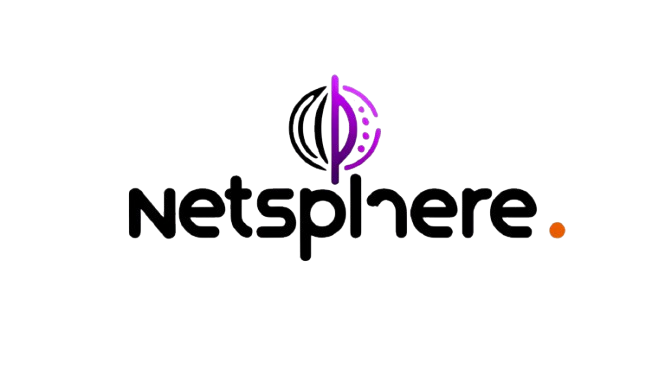The 2030 Agenda, proposed by the United Nations (UN), outlines 17 Sustainable Development Goals (SDGs) aimed at ending poverty, protecting the environment, and ensuring prosperity for all by the year 2030. Bringing these topics into the classroom—from early childhood to the early years of elementary school—is essential for forming more conscious, empathetic, and engaged citizens.
Many people think global issues like these are too complex for young children. However, with the right strategies, it’s possible to translate the goals of the 2030 Agenda into concrete, understandable, and inspiring actions for little ones. The key lies in adapting the language, using real-life examples, and proposing playful, hands-on activities that connect children with their everyday surroundings.
Why start early?
Childhood is when values and attitudes are shaped. It’s also a time of heightened curiosity. Introducing the SDGs early on supports the development of social-emotional skills, a sense of community, empathy, and responsibility for the world. Moreover, the themes of the 2030 Agenda align closely with topics already present in national curricula, such as the environment, human rights, diversity, health, and citizenship.
Practical ways to apply the SDGs in early childhood education
To work with the SDGs in early childhood, it’s important to turn concepts into meaningful and sensory-rich experiences. Here are a few ideas:
- Storytelling with purpose
Use children’s books that address topics like equality, nature conservation, empathy, recycling, healthy eating, and peace. Stories help introduce these themes emotionally and engagingly, opening the door for thoughtful conversations. - Themed games and collaborative play
Instead of competitive games, encourage activities where everyone wins together. Games about waste sorting, collective planting, and teamwork promote cooperation and a sense of shared responsibility. - Projects with active participation
Develop simple projects such as school gardens, water-saving campaigns, paper recycling, or community aid efforts. Even small-scale actions show children they can make a difference. - Exploring the local environment
Take students on walks around the neighborhood, parks, or playgrounds. Ask questions like: “What can we do to improve this place?” or “Where do we see trash that could be recycled?” These activities help make the SDGs tangible and relevant.
How to apply the SDGs in elementary school
As children grow, it’s possible to explore the 2030 Agenda in greater depth. Interdisciplinary learning is an excellent approach. Here’s how to integrate the SDGs across subjects:
- Language Arts
Encourage text production and discussions on topics like social inequality, environmental care, diversity, and inclusion. Activities like poetry, letters, or mini-manifestos help develop critical thinking and expression. - Mathematics
Use real data to create graphs, such as school water consumption, number of families who recycle, or food waste statistics. This makes abstract numbers more meaningful and tied to everyday life. - Science
Explore environmental issues, climate change, health, nutrition, and personal care. Simple experiments or visits to organic markets or water treatment plants link theory to practice. - History and Geography
Study traditional communities, Indigenous peoples, environmental risk zones, and maps that show global issues and local solutions. Lessons can also highlight children’s rights and international cooperation.
Accessible language: the key to engagement
Adapting language is essential to make the SDGs relatable for children. Talking about gender equality, for example, can be explained as boys and girls having the same rights to play, study, and be respected. Decent work can be explored by highlighting the value of all professions and the importance of respect in the workplace.
Using words from the child’s everyday world and examples from their daily lives—like recycling a bottle or sharing a snack—builds a bridge between global goals and their own experiences.
Engaging the school community and families
To make the work with the 2030 Agenda even more impactful, the entire school community should be involved. Parent meetings, theme fairs, interactive bulletin boards, and hands-on workshops are great ways to broaden participation. When schools and families work together, the values learned in the classroom are reinforced at home.
Teachers can also collaborate across grade levels and subjects, creating joint projects that involve students of different ages. Developing empathy, critical thinking, and social commitment is a collective and ongoing process.
Schools as agents of change
Schools have the power to shape generations who care about the world around them. The 2030 Agenda is not just an international plan—it’s a local call to action. Teaching sustainability, equality, respect, and solidarity from an early age helps ensure that future leaders are equipped to make ethical, responsible decisions.
The path to a more just and sustainable world starts with education—and the earlier it begins, the farther it can go.









